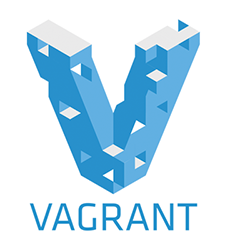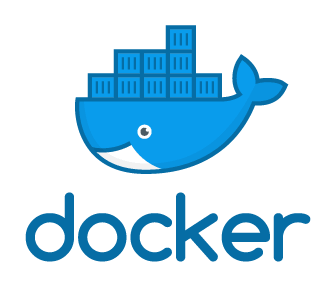The huge growth in the popularity of virtualization and cloud computing leads to the growth of virtual machines (VM) numbers. A virtual machine is a software system that emulates the hardware of a particular system. Virtual machines require a lot of time and HDD space to operate because they create a package or image of the whole operating system (OS), hard drive, network interfaces, and virtual processors. But in reality, you might need just the OS platform and a couple of applications. So, virtual machine functionality and management had been vastly improved over years.
Vagrant and Docker are modern tools for virtualization. Below we will describe the definitions and differences of both tools.
What are Vagrant and Docker?

Vagrant is an open-source product from HashiCorp which can be described as a virtual machine manager. This means Vagrant helps you to create, supply and share a VM. Vagrant is usually used for development projects. You can easily transfer the replica of your system to different carriers. In the same time, virtual machines need a lot of resources to work and you physically can’t run a lot of virtual OS over the top of your system. So you’ll most likely have only a handful of VMs on each carrier.
With Vagrant you’ll receive:
- a reproducible and portable work environment;
- focus on managed development environments;
- short time frames of work preparation.

Docker is a software used for deployment, automatization and apps management in the containerized environment. Docker doesn’t create virtual machines, it creates virtual containers. Docker splits the core of OS on different containers that work like different processes. You can build as many containers as you need and run all of them on a single shared OS. This feature makes Docker more scalable and flexible than virtual machines.
With Docker you’ll receive:
- accelerated development process;
- convenient apps encapsulation;
- understandable monitoring;
- simple scaling.
Common features of Docker and Vagrant
These are different tools but they were created for one reason and have some common features like:
- both tools create a virtualized environment;
- both are cross-platform and successfully work with popular operating systems like Linux, Windows, and macOS.
What’s the difference?
- Docker is very lightweight while Vagrant is quite resource-heavy (but still better than a full virtual machine).
- Docker’s load time is less than Vagrant’s. A few seconds against a few minutes. It is a crucial difference when working with big-scale projects.
- Docker allows you to put into a container only what you need: OS, software, and runtime for example. Vagrant makes full VM at the start.
- Vagrant fits local development best while Docker will be good for transferring the application and the environment to the cloud or server.
- Docker is safer for your projects thanks to containerization. If you’ll get a virus, it’ll hit only one container and do not spread for others. If you’ll get a virus on Vagrant, it’ll hit the whole system.
Conclusion: what is better – Vagrant or Docker?
As usual, it depends on your needs. Docker is faster and more lightweight because it emulates a virtual system without the creation of an actual instance. Vagrant is a better choice for local development and situations when containers are inconvenient. A new interesting feature is that Vagrant has a Docker provider now, and you can use Vagrant for your Docker management.
Docker allows you to deploy your project almost anywhere without setting for each new OS. It is very useful for testing, for example – or for launching huge-scale production environments.
Actually, it is very hard to understand what is better without an expert’s opinion. It is much better to ask an experienced Managed Service Provider to make an assessment of your project and implement the appropriate tool.
